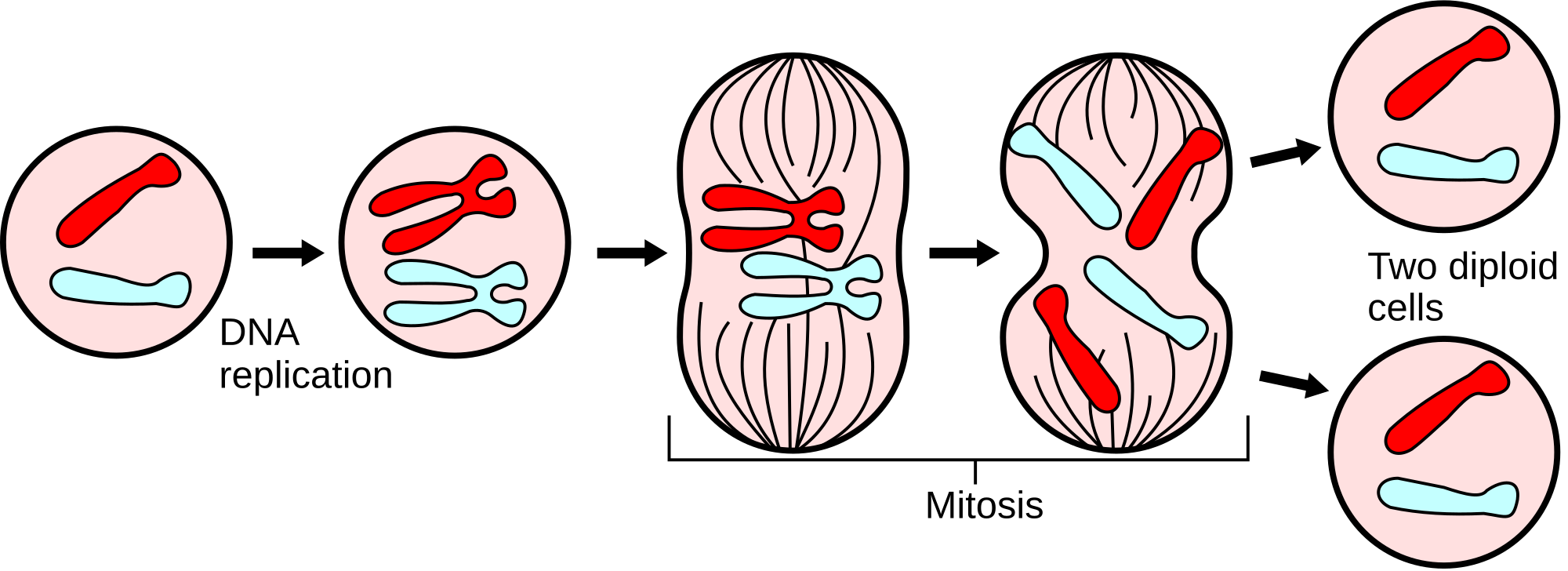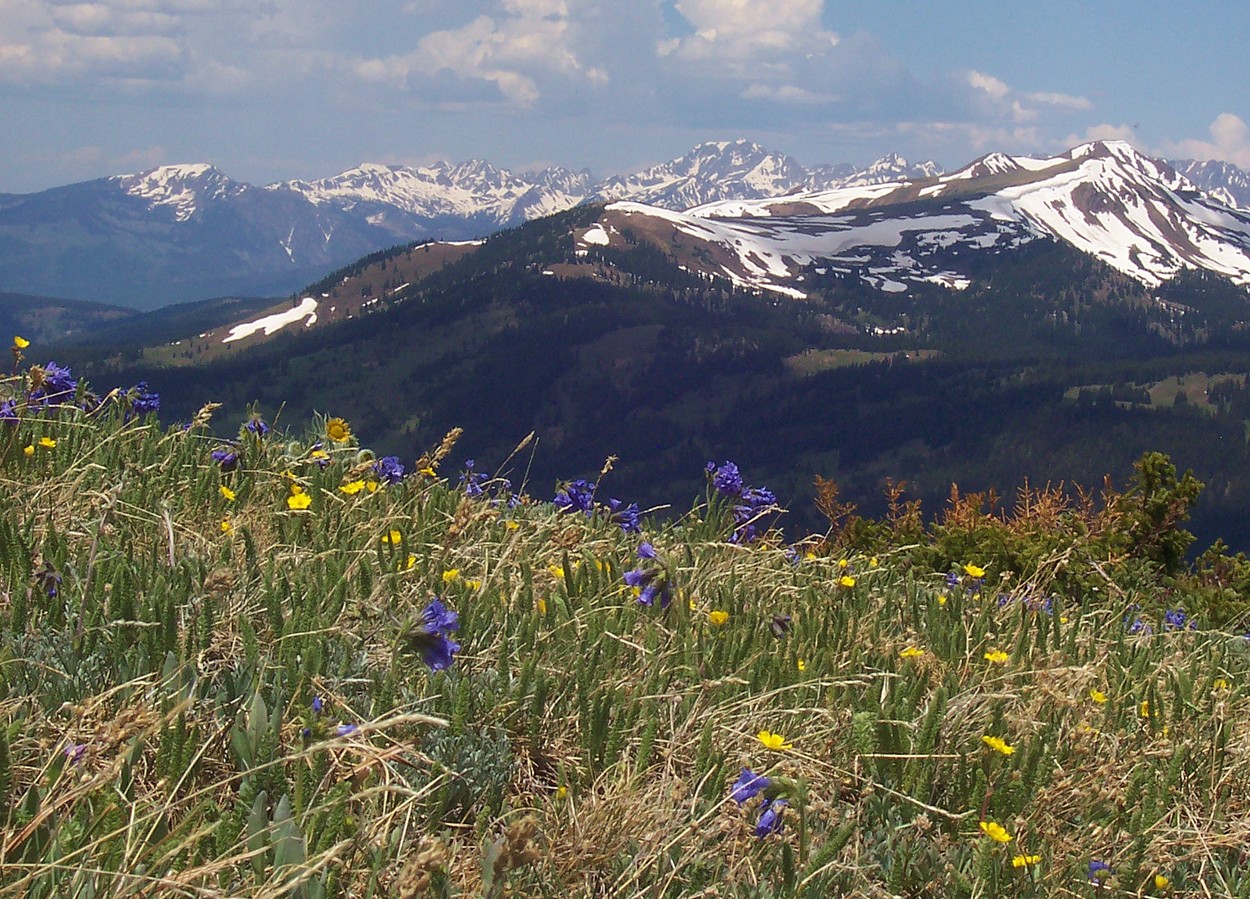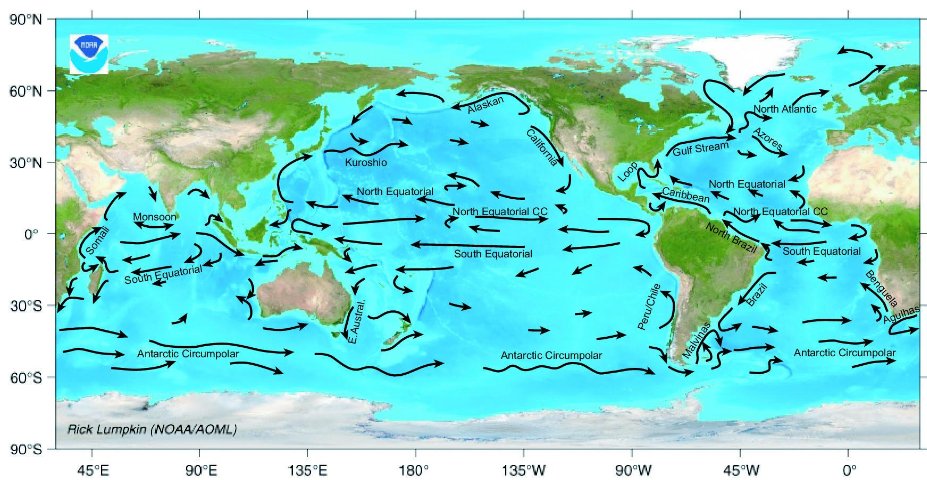 |
| Image Source: https://goo.gl/4k9dz0 |
Summary:
The Charity Fair project is a project done to help those in need. In order to donate to the charities, students must create their own product to sell and propose a charity worth donating to. The students must have knowledge of the charity including the statistics, the cost and profit of selling your charity, how to make the product, and the product price and info. The charity my partner and I wanted to donate to was the National Alliance to End Homelessness. This charity focuses on tending to 500,000 homeless people in America by creating elaborate policies with congress, rehousing the homeless, and educating others about homelessness in general. So far, they have made much progress in ending homelessness. This year it was reported that this charity decreased the unemployment rate by 16% and because of this charity, 60% of the U.S reported a decrease in the homeless population.
Backward Looking - How much did you know about the subject before we started?:
Before I started this years charity fair, I knew much about it. However, from 2014-2016 Charity Fair, the rules often change each year. For example, in the 2014 Charity Fair, you were supposed to donate to a charity and give a bit of info about the charity, nothing else. In the 2015 Charity Fair, you were supposed to add the Cost and Profit of your charity, Info & and Statistics of your Charity, Instructions on building your product, and a tri-fold with all this information. Based on the 2015 Charity Fair, I knew that you were supposed to add Cost & Profit, Charity Info, Instructions, etc. However, in the 2016 Charity Fair, the requirement of making an Ignite Presentation for your charity pitch popped up. Since I hadn't done that in previous years, I didn't know about it.
Inward Looking - How do you feel about this piece of work? What parts of it do you particularly like? Dislike? Why? What did/do you enjoy about this piece or work?
I personally feel that this is the best Charity Fair that I have done in comparison to Charity Fair 2015. The part that I like the most was the product making. The product that my partner and I made were snow globes, and it took some time to make them, and in the end they looked really nice. The part that I dislike about the charity fair was the Charity Part- more specifically the Ignite Presentation. I don't really like the Ignite Presentation due to the fact that it was limited to 15 seconds only- it could have been longer in order for the slides and the dialogue to match. I also feel as if I didn't gather a lot of information and statistics on my charity and how they ended homelessness. Overall, I feel that the product info and making was my favorite part since people seemed to enjoy the product and how it looked in the end.Outward Looking: Did you do your work the way other people did theirs? In what ways did you do it differently? In what ways was your work or process similar?:
When I observed other people's projects, I saw that they had all donated to a charity helping those in need such as animals, the homeless, veterans, etc. When I saw what people were selling, I saw that many people were selling food, drinks, snacks, or anything edible in general. This is different from the products that my partner and I sold, which were not edible. However, some people didn't sell foods. I saw that one group sold slime, while another group sold decorated mason jars. I also observed that many people had sold items based on holidays, especially Christmas. For example, I saw some groups selling Christmas ornaments for their charity.
Forward Looking - What would you change if you had a chance to do this piece over again?
If I were to do Charity Fair 2016 again, I would focus a bit more on the charity part of my project rather than the product part of the project. If I were to do this, I feel like I would have further convinced the audience to donate to our charity if I had more knowledge about it. Also, I would have made the tri-fold cleaner and more organized. I could have worked more neatly on the category titles so they looked more welcoming and rather than using a school tri-fold, I could have brought my own because if you wrap the tri-fold in paper, it often doesn't come out as neat. One last thing I could have done to make my project better was to sell more snow globes since during the Charity Fair, they sold out really quickly, and some people may have not had the chance to buy one of them













